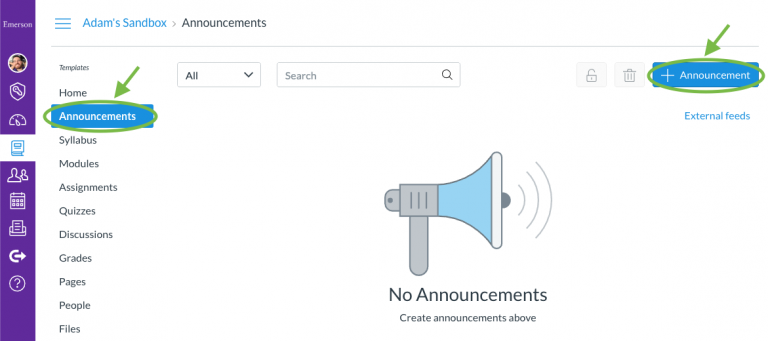Building an Escape Room With Google Forms

The adventure continues! Back in August, I wrote a post comparing course design to Dungeons & Dragons and promised to share some tools and ideas for gamified activities you can try yourself. This is the first: an escape-the-room/choose-your-own-adventure-style puzzle you can create using Google Forms. All Emersonians have access to Forms via their Emerson Google accounts. To find it, go to drive.emerson.edu, click the “New” button at top left, and select Google Forms. Forms can be collaborated on and shared just like Google Docs. Here’s a guide that can help you learn the basics of form-building. You may also find this video tutorial helpful.
The following is a playable example of a Dante-themed escape room. In a literature course, this could be navigated together in-person or via Zoom to help students make connections and get excited about the material. It could also be used in place of a traditional quiz. If you’d like an editable copy of this to experiment with, email me!
Journey Through the Dark Forest (view-only version)
Here’s a collection of resources on building escape rooms using Google Forms:
Tips for Building Escape Rooms
Navigation
- Map out each area and puzzle of your escape room on paper before starting to build it!
- For obstacles: use short answer questions and enable “Response validation” using the menu button at bottom-right of the question. For the validation, choose “Text” and “Contains,” then type in the answer. This is useful for locks and passwords, since the player can’t advance without providing the specified input. Response validation is case-sensitive and can only have one possible input.
- For branching paths: create sections, then use multiple choice or dropdown questions and enable “Go to section based on answer” using the menu button at bottom-right of the question. Specify to which section each answer choice leads. You can also loop back to previous sections or go to the form’s “Submit” button.
- You can place clues (letters, numbers, etc.) throughout the form and end with a short answer question that has response validation enabled. The player needs to find all the clues and put them together to get past the final question (or “lock”).
- Make all questions required so players can’t skip them.
Giving Points
- You can go to your form’s Settings tab and make it a quiz to enable correct/incorrect answers, points, and answer-specific feedback. Scores won’t transfer to Canvas, but you can create a no-submission assignment in your Canvas course for entering grades.
- In the form’s quiz settings, uncheck “Respondent can see correct answers” if you want students to have multiple attempts without knowing the answers.
- You can use quiz points to determine success or failure. For example, you can state at the beginning that players must finish the adventure after earning X points to win. Points can be missed by taking the wrong path and missing questions, or by answering incorrectly. Students can use the View Score button at the end to see how they did. This is useful for questions that have correct answers but can’t block progress, like checkbox questions.
- Even with Quiz enabled, individual questions will only have points and correct/incorrect answers if you click Answer Key and add them. So you can have a mix of for-points and not-for-points questions. Use the not-for-points questions for navigation (i.e. do you take the left or right path?).
Finishing Touches
- Customize your form’s appearance using the Appearance button (palette icon) in the top toolbar. You can also add images to questions.
- Click the Preview button (eye icon) to test your form as you work on it.
- Click the Send button and select the link tab to get your form’s shareable link. Anyone with this link can access your form.
- Go to your form’s editor and click the Responses tab to see responses and scores. If you’re in view mode, click the pencil at bottom-right to reach the editor.
Group Activity Suggestion:
- Model a digital escape room for your students and play through it as a class.
- Demonstrate how the game was made (you can stick to the major features such as appearance, sections, short answer questions, and multiple choice questions).
- Split students into small groups.
- Ask each group to create a new escape room around a theme of their choice related to your course’s content. Hint: what would be useful to be immersed in?
- It may be helpful to ask them to map out the game first in an outline (a Google Doc could work for this).
- Ask the groups to limit the scope of their game in some way (could be 10 sections max, or should take no longer than 10 minutes to explore).
- This step is best done between class periods since it can take time.
- Play through each group’s escape room together in class.
- Reflect on the experience in a discussion. Example questions:
- How did collaborating with your group make this experience different than it would have been if you were working alone?
- Why make a game like this as opposed to a traditional quiz?
- What challenges did you face in creating the game? How did you overcome them?
- What would you do differently next time, and why?
Have you tried a choose-your-own-adventure or escape room activity in your course? Tell us about it by emailing ITG@emerson.edu!
Photo by Caleb Jones on Unsplash.


